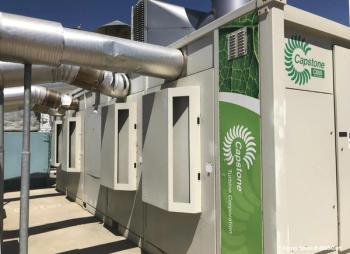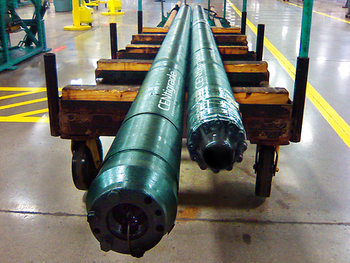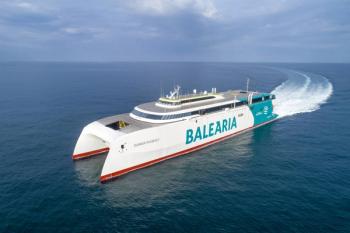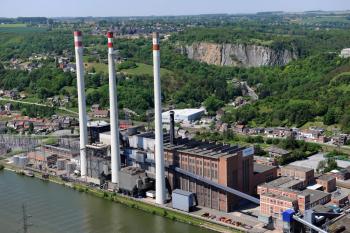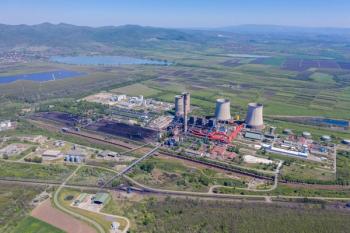
GE Vernova Talks AGP XPAND’s Impact, Supply-Chain Resiliency
Bruno Monetti of GE Vernova details how local supply chain investments and strong supplier relationships can overcome market challenges.
As the power industry scrambles for efficient generation due to increasing electricity demand, supply-chain issues, and longer turbine lead times, companies are attempting to improve existing systems and strengthen component capacities locally. Recently, GE Vernova launched the
To address these supply chain challenges and AGP XPAND, Turbomachinery International spoke to Bruno Monetti, 9E Product Manager for GE Vernova Gas Power. Monetti covered the company’s redesigned AGP XPAND components and downstream considerations, as well as how GE Vernova is overcoming challenges within the gas turbine component industry.
TURBO: How does the AGP XPAND increase turbine power output, incremental efficiency, and exhaust energy without compromising reliability, availability, and maintenance? What do these increases mean for overall plant operation?
Monetti: GE Vernova used its large-scale experience in 9E advanced gas path (AGP) technology, which was released approximately 10 years ago and reliably accumulated over 4 million hours of operation, to confirm the capability and the limitations of each hot gas path (HGP) component.
We also built on the learning from our recent 9E.04/9EMax upgrade, which is already operating at a higher firing temperature. With that understanding, we’ve been able to further improve turbine performance without compromising reliability, availability, or maintenance intervals. The engineering redesign was also not limited to HGP components only, as we looked at all the downstream systems that were potentially impacted by the gas turbine’s performance, including the exhaust system, heat recovery steam generator, and steam turbine.
TURBO: What role did the upgraded materials and component sealing play in increasing firing temperature? How is AGP XPAND installed, and will it be available on other turbines?
Monetti: The changes we made to the materials and component sealings are essential to maintain reliability, availability, and maintenance intervals at the increased firing temperature achieved by the AGP XPAND. The AGP XPAND upgrade can be performed during HGP inspections.
AGP XPAND has been solely engineered for the 9E gas turbine, but with a set of available solutions, it can be configured to achieve specific performance levels on many GE Vernova turbines, including the 6F, 6B, 7F, 9F, 9E, and more.
TURBO: What is the current state of the gas turbine component industry, including HGP parts? Are supply chain roadblocks or tariffs impacting GE Vernova’s business?
Monetti: Due to the long-term needs for electrification, we are experiencing unprecedented demand in many business areas. To address the various supply chain challenges, many of which are industry-wide or arise from conditions beyond our control, we maintain strong supplier relationships and prioritize opportunities to localize our supply chain to serve our distinct geographies and maintain a globally diverse supply chain for operational resiliency. We continue to employ and evolve lean practices across our operations to enhance safety, quality, and delivery performance, building new capabilities to scale and align our supply chain with business growth.
TURBO: How is this AGP XPAND installation significant for Iraq’s power landscape, and what challenges does it help to overcome? Why was Taurus’ plant selected as the first installation?
Monetti: Although GE Vernova has contributed to adding up to 19 GW onto Iraq’s power grid in the last 15 years, the country has been experiencing chronic electricity shortages for decades, and every additional MW produced is crucial toward meeting its energy demand. There is a long-standing relationship between Taurus Energy and GE Vernova, which made it obvious to consider Taurus for the AGP XPAND launch site. Taurus is welcoming this technology to modernize its Bazyan site, which is powered by four GE Vernova 9E.03 and two 9F.04 gas turbines.
Newsletter
Power your knowledge with the latest in turbine technology, engineering advances, and energy solutions—subscribe to Turbomachinery International today.

